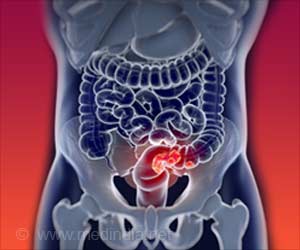Combination therapy is considered more effective potent than chemotherapy alone for many newly diagnosed leukemia patients. Combination therapy has the edge over the chemotherapy due to various reasons.

TOP INSIGHT
Complete remissions were reported in 50% of the combination group versus 12% in the AZA only group.
Read More..
"This study looked at AML involving mutations in a gene known as isocitrate dehydrogenase or IDH2," said Courtney DiNardo, M.D., associate professor of Leukemia.. "IDH2 mutations occur in 8% to 19% of patients with AML.This is the first report of interim outcomes from this study, which represent at least one year of follow up for all participating patients. In general, the combination therapy was well tolerated."
ENA, an oral, small-molecule inhibitor, was approved by the Food and Drug Administration in August 2017 for relapsed or refractory AML in people with specific IDH2 mutations. AZA is a hypomethylating chemotherapy agent that is the standard treatment for older patients newly diagnosed with AML.
Between October 2016 and August 2018, 101 patients were randomized to receive either ENA plus AZA, or AZA alone. Median ages were 74 years for the combination group, and 75 years for the AZA only cohort. Overall response rates for patients receiving both therapies was 68% versus 42% for those receiving AZA alone. Complete remissions were reported in 50% of the combination group versus 12% in the AZA only group. Grade 3-4 side effects were observed, including low white blood cell count, low platelet count, anemia, IDH differentiation syndrome and low-grade infections.
"These findings are significant, given that the older a patient is, the more likely they are to have an IDH2 mutation," said DiNardo. "This combination treatment may offer an alternative option for older patients who may not be candidates for intensive chemotherapy or who have relapsed disease."
 MEDINDIA
MEDINDIA



 Email
Email










